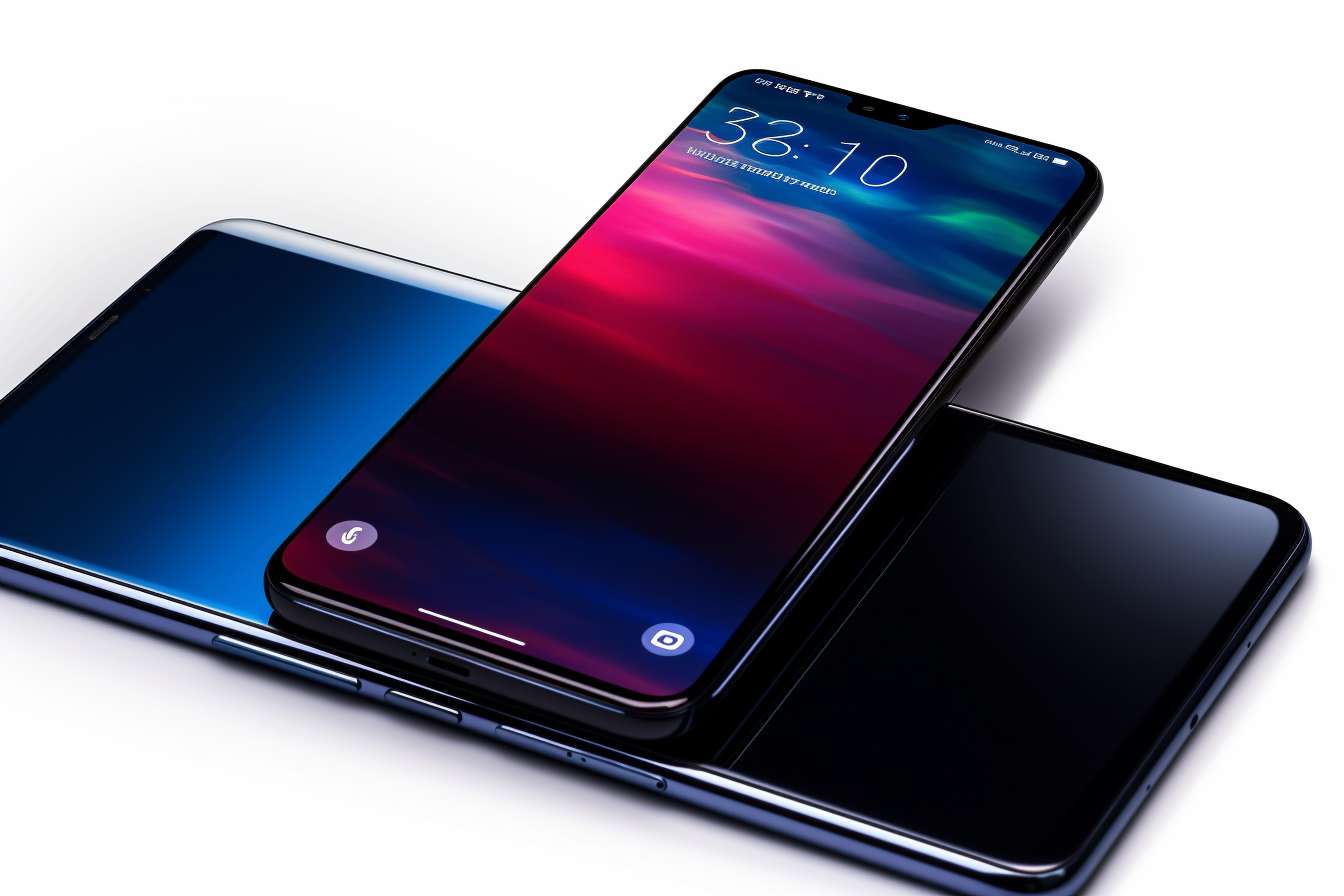Holographic Smartphones: The Next Dimension in Mobile Tech
In a world where our smartphones have become an extension of ourselves, a groundbreaking technology is poised to redefine our digital interactions. Holographic smartphones, once confined to the realm of science fiction, are now on the cusp of becoming a tangible reality. This leap in mobile technology promises to transform how we view, interact with, and share information, potentially revolutionizing everything from social media to remote work.

Breaking the 2D Barrier
Traditional smartphone screens have long been constrained by their two-dimensional nature. While advancements in resolution and color accuracy have improved the viewing experience, they still fall short of replicating the depth and dimensionality of the real world. Holographic technology aims to shatter this limitation by projecting three-dimensional images that appear to float above or below the screen surface.
How Holographic Smartphones Work
At the heart of holographic smartphone technology lies a complex interplay of optics, light manipulation, and sophisticated software algorithms. These devices use a combination of light-field displays, eye-tracking cameras, and powerful processors to create the illusion of depth and volume. By projecting slightly different images to each eye, the technology tricks our brains into perceiving a three-dimensional object floating in space.
Potential Applications and Use Cases
The introduction of holographic displays in smartphones opens up a myriad of possibilities across various domains. In the realm of communication, video calls could become truly immersive, with participants appearing as if they’re in the same room. For gaming enthusiasts, holographic displays promise to bring virtual worlds to life in unprecedented ways, blurring the lines between reality and digital fantasy.
Challenges and Hurdles
Despite the exciting potential, holographic smartphone technology faces several significant challenges. Power consumption remains a major concern, as generating and maintaining holographic images requires substantial processing power and energy. Additionally, the need for precise eye-tracking and viewing angles poses usability challenges in various lighting conditions and environments.
The Road to Market
While several tech giants and startups are working on holographic smartphone prototypes, mass-market availability is still a few years away. Industry analysts estimate that the first commercial holographic smartphones could hit the market within the next 3-5 years, with prices likely starting in the premium range of $1,500 to $2,000. As with any new technology, early adoption will be key to driving down costs and improving accessibility.
Impact on the Mobile Industry
The introduction of holographic smartphones has the potential to reshape the mobile industry landscape. Traditional smartphone manufacturers will need to adapt quickly or risk being left behind. This shift could also spur innovation in related fields such as augmented reality (AR) and virtual reality (VR), as the lines between these technologies begin to blur.
Privacy and Security Implications
As with any new technology, holographic smartphones raise important questions about privacy and security. The advanced cameras and sensors required for eye-tracking and gesture recognition could potentially be used to collect sensitive biometric data. Addressing these concerns will be crucial for widespread adoption and consumer trust.
The Future of Digital Interaction
Looking ahead, holographic smartphones represent just the beginning of a broader shift towards more immersive and intuitive digital interfaces. As the technology matures, we may see holographic displays integrated into various aspects of our daily lives, from home entertainment systems to educational tools and professional workspaces.
In conclusion, holographic smartphones stand at the frontier of mobile technology, promising to usher in a new era of digital interaction. While challenges remain, the potential for transformative applications across industries is immense. As we stand on the brink of this technological leap, one thing is clear: the way we perceive and interact with digital content is about to change dramatically, adding a new dimension to our connected world.




